A visit to Le Mans Classic has long eluded me but this year all barriers and sensible-head reasons-not-to-go seemed to disappear.
The Yellow Peril was running well (bar a last minute clutch change) and the problem of abandoning the Mrs for a long weekend to go off on a car related jolly was resolved by taking her along .
The Trip
We were joining a group of friends spread over 3 cars – the Yellow Peril, a modern Disco (Landy Discovery) and stately old Bentley Turbo all heading for the same Gites from two start points.
The slog from Calais Eurotunnel via Rouen was made all the more entertaining by the steady stream of British registered classic cars making it feel more like a mobile classic car show. The proportion of Brits in relation to her nationalities attending Le Mans Classic 2018 must have been enormous!
Securing a Gites with a pool proved to be a godsend given the toasty weather over the long weekend.
The Racing
The one problem with classic racing at Le Mans is the length of the circuit which means that for slower cars or races involving older (and slower) cars – you seem to wait an age before the cars complete a full lap and go past you again.
It’s less of an issue with really packed grids such as the Porsche race which had over 70 cars belting around at the same time and also not a problem with the newer and faster cars such as the Group C monsters, fire-breathing Porsche 935’s , Ford GT40s and Lola T70s.
Having said that – there is a wonderful buzz about Le Mans – especially at night when the noise of the engines seems to be accentuated and then there’s the sight of flames belching from the rear ends of Porsche 935s and other fire breathing monsters to keep you entertained!
You have to spend a lot of time at the circuit to really immerse yourself in the whole experience and to appreciate the vast range, age and relative performance differences of the cars being raced. The size of the circuit all means you have to put in a lot more effort to try out different viewing points than you would at smaller circuits.
The Cars
The other great thing about major classic car events like Le Mans Classic is that there just as many interesting cars in the public car parks and other parking areas on the outside of the track as there are in the in-field paddocks and on-track.
Being in France – the cars that turn up are also not the usual suspects you see repeatedly at British Classic Car events so you get to see cars you’ve never even heard of before let alone not seen in the flesh.
Long live the worldwide passion for classic cars and their enthusiastic owners. Loving restoration, maintenance and most important – regular use of classic cars ensures the preservation of some incredibly rare and sometimes unique vehicles which provide insightful reminders of automotive history and evolution.
Here are just some of the cars that caught my eye over the weekend:-
AC Ace/Aceca
AC manufactured the pretty little Ace open top sports car between 1953 and 1963. Production of the Aceca coupe started in 1954 and also went on until 1963.
The Ace design was acquired by AC from the British/Portugese designer John Tojeiro who had in turn borrowed heavily from the design of a Ferrari Barchetta.
AC’s rather long in the tooth 2 Litre straight six engine was used to power the car initially but the much better Bristol 2 Litre straight six supplanted it with some cars using tuned Ford 2.6 Litre straight six engines. The Ruddspeed tuned Ford engines were the most desirable due to their triple carburettors and Raymond Mays designed cylinder head.
Class wins at Le Mans brought the car to the attention of Carroll Shelby who negotiated with AC’s owners to shoe horn a big American Ford V8 into the engine bay – thereby creating the mighty AC Cobra.
The Ace and Aceca retain a great air of charm and sophistication when compared with the more brash and brutal Cobra. Very stylish cars for discerning gentleman drivers!
AC Greyhound
The rare AC Greyhound was effectively an expanded Ace/Aceca built to accommodate four rather than just two people. This was achieved by extending the chassis by a full 10 inches.
The Greyhound was powered by the wonderful 2 Litre straight-6 Bristol engine which was actually derived from the pre-war BMW 328 engine thanks to war reparations.
Only 83 Greyhounds were ever built so given that there would have been some considerable attrition over the years – there must be very few surviving examples of this handsome car.
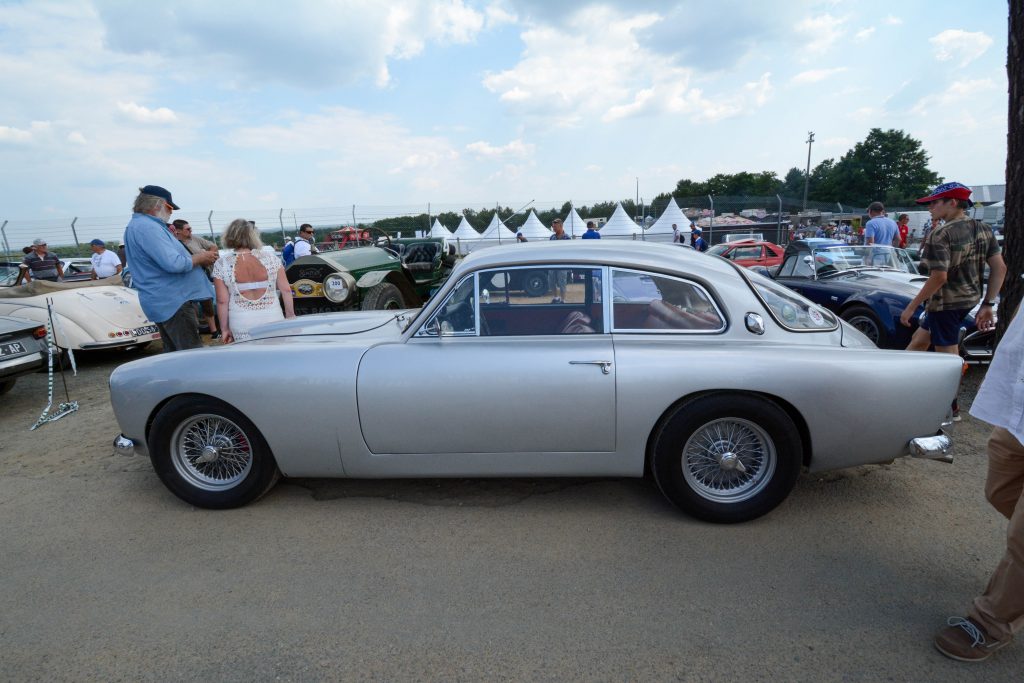
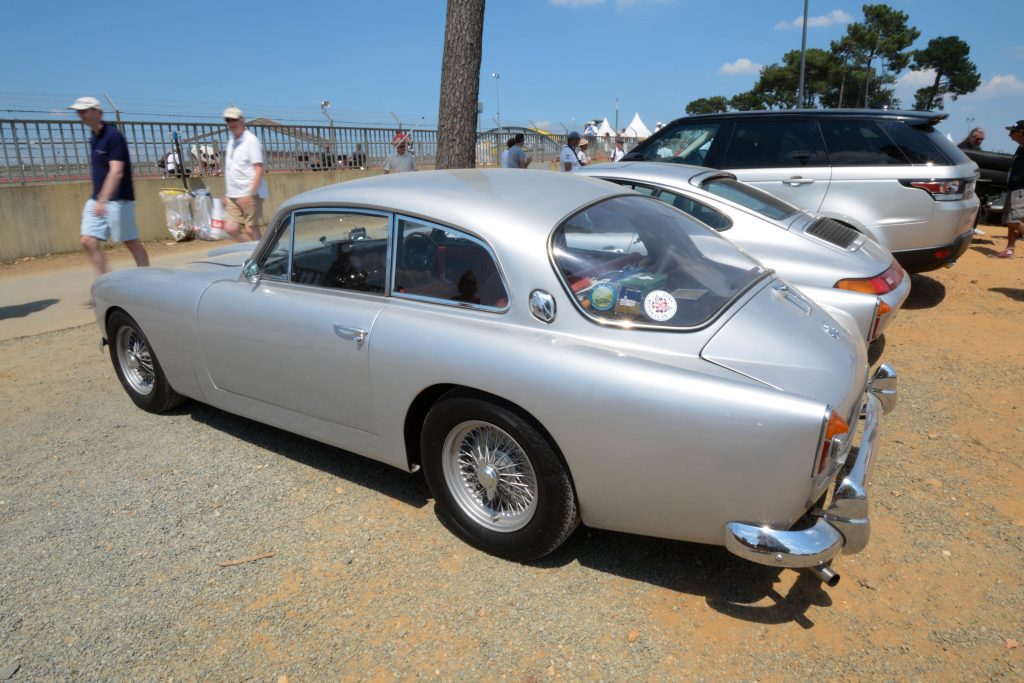
Adler
The 1936 Adler Trumpf Rennlimousine on display inside the circuit was something of a curiosity with its striking aerodynamic bodywork belying the fact that it is a pre-war car.
This extremely rare car (one of only three surviving examples) owes its bodywork design to the father of streamlining – Paul Jaray (NB: see the section on Tatra).
Jaray honed his streamlining and aerodynamic skills in Friedrichshafen working an aircraft and airships including the might Zeppelins before turning his attention to car design.
In the days before wind tunnels and computer modelling – Jaray devised a method of attaching pieces of thread to a car’s bodywork and then he photographed the car at speed to see how the threads were deflected in the airflow. He then adapted the bodywork to match the line of deflection of the threads.
Engineers referred to the attached threads as “streamlines” which in German translates as “stromlinie” – a term used in conjunction with a number of pre-war aerodynamic experiments by the likes of Auto Union and Mercedes!
Coming back Adler Trumpf Rennlimousine – Jaray’s guidance dictated a spindle shape tapering to the rear with flattened rear wings and a radically curved windscreen to persuade air to go around rather than over the car thereby reducing drag.
What does seem odd about this car – especially when compared to the contemporary Auto Union and Mercedes Stromlinie creations is the tiny engine capacity of just 1,679cc. In such a long car – one would have expected them to insert some sort of massive aero engine!
Setting that anomaly aside – the Adler was the first closed coupe to race at Le Mans and with its front-wheel drive and all independent suspension it must have caused some real head scratching amongst the designers and engineers of other cars on the Le Mans grid.
Amilcar
The name Amilcar is a partial attempt at a jumbled anagram of the surnames of Joseph Lamy and Emile Akar who founded the company in Paris in 1921.
The company produced a range of stylish and sporty cyclers which were extensively raced. Their cars capitalised on the significantly reduced annual car tax for vehicles with a dry weight of less than 350kg.
Amilcar’s early success resulted in them being built under license in Germany, Austria and Italy. Later expansion of the company and the move towards building bigger and more sophisticated cars led to financial issues and changes of ownership and the company effectively set-up-shop at the outbreak of WWII.
The cars featured below originate from the early period of Amilcar production and looking at them – one can appreciate how these handsome little cars must have been extremely popular at the time.
Bizzarrini/Iso
It was great to see Bizzarrini’s and Iso’s in abundance on the track and in the paddock. Team Bizzarrini brought along a particularly spectacular period transporter replete with several rare and beautiful cars.
I know I keep banging on about Bizzarrini but he really is a great designer who created the most fantastic cars and engines for Ferrari (250 GT, 250 GTO), Count Giovanni Volpi (Ferrari 250 GT Drogo “Breadvan”), Lamborghini (Lamborghini V12 engine), Iso (Iso Rivolta and Iso Grifo) and finally for his eponymous company Bizzarrini (Bizzarrini 5300 GT Strada and Corsa).
Bonnet (Deutsch et Bonnet & Rene Bonnet)
DB or Deutsch-Bonnet was founded by Charles Deutsch and Rene Bonnet in 1938 in Champigny-sur-Marne with early car production consisting almost entirely of light weight racing cars.
Close inter-working with Panhard immediately after WWII led to the production of a series of road going cars. Eventually a rift developed between Deutsch and Bonnet with former wanting to remain locked into the relationship with Panhard and the latter favouring the use of Renault engines.
Consequently DB ceased production in 1961 and in 1962 Bonnet launched his own Rene Bonnet company producing models such as the Le Mans, Missile and Djet. Bonnet then embarked upon a close working relationship with Matra which at that time was an armament manufacturer and this continued until Rene Bonnet cars was eventually subsumed under Matra’s Automobile Division in 1964 with production of the Djet continuing under the names Matra-Bonnet Djet and Matra Jet until 1967.
There was a really good turn-out of DB and Rene Bonnet cars which you never see this side of the English Channel and there were a number of competition versions out on track.
Darmont
I feel I must have seen a Darmont before but it probably didn’t register as they are essentially Morgan 3-wheelers built in Paris under license by Robert and Andre Darmont.
The brothers Darmont started to import Morgans during WWI but in 1921 – they obtained a license to build them in Paris and sell them with the Darmont or Darmont-Morgan badge.
The cars were identical to Malvern built Moggies with an air-cooled V-twin engine up front although some models such as the Dormant Special featured water cooled engines. The cars were enthusiastically and successfully raced at various venues around France.
Like Morgan – Dormant eventually opted to remedy the wheel deficit by creating the Dormant V Junior – a four wheeled car powered by a hefty 1100cc V-twin engine.
Sadly the outbreak of WWII coincided with bankruptcy for Darmont.
Cadillac
Cadillac is nor the sort of marque you’d normally associate with Le Mans but they did race there in days gone by in “relatively” standard and “monstrously modified” form.
Let’s start with “Le Monstre” as the French referred to it as this was the car that was so famously raced at Le Mans in 1950.
In 1950 – Briggs Cunningham decided to enter two Series 61 Cadillacs to race at Le Mans. One he left in relatively standard form but he radically altered the bodywork of the other car in an attempt to make it more aerodynamic.
The scrutineers at Le Mans were understandably perplexed by the degree of bodywork modification and their inspection to establish that there was a standard car underneath that bodywork took some considerable time.
Despite it’s rather crude looking styling – the bodywork had received design input from a Grumman aircraft engineer and the net result was a top speed of 130mph – a whole 13mph faster than the standard bodied car.
Both cars finished the race which is an achievement in itself with the standard car in 10th place and Le Monstre in 11th. The result could have been different but for an “off” by Le Monstre into a sandbank which required the driver to dig it out with no other assistance than his shovel in order to continue the race! Gone are the days when a shovel was an essential item to carry around in your Le Mans race car!
The Le Monstre featured below is actually a faithful replica of the original car which is in the Collier Collection.
Citroen
When in France you can hardly avoid seeing historic Citroens. The Traction Avant was mass produced before and after WWII and was even made under license in Slough in the UK so there are lots of surviving examples! The wonderful DS is also not in short supply!
Traction Avant Cabriolet’s however are a much more rare bird so it was great to see a lovely example of one parked up at Le Mans. An ideal vehicle for cruising around rural France.
The Citroen I really wanted to see was the quirky but beautiful SM Maserati and thankfully some obliging enthusiast owners brought a number of them along to the event.
There is something other worldly about an SM which presumably relates to the coupling of Citroen and Maserati technologies and French and Italian styling. Opening the bonnet of an SM reveals a complex mix of Maserati V6 engine and Citroen hydraulic pipework which must be a nightmare to work on.
On display inside the circuit was an even more unusual SM – fitted with a Maserati V8 engine – the same engine that powered the Maserati Bora and Khamsin models. The bonnet of this car had been replaced with perspex to reveal the engine transplant to the world and what a fascinating sight it was!
I’ve never driven or been in an SM but I would imagine the V6 Maserati engined version is quite lively so the V8 version must have been spectacular. Such a shame it never went into production.
Facel
Facel started producing their own cars in 1954 with the Facel Vega model but from 1939 – they had produced aircraft components, specialist metal pressings and special bodywork and components for a number of car manufacturers including Panhard, Simca, Bentley, Ford and Delahaye.
The Facel Vega had a tubular steel chassis, big Chrysler V8 engine, double wishbone suspension and a live rear axle. It’s opulent styling and luxurious finish made it popular with many illustrious celebrities including famous artists (Picasso), pop stars (Ringo Starr), across (Dean Martin, Fed Astaire, Ava Gardener), royalty (the Shah of Persia, Hassan II King of Morocco) and racing drivers (Sterling Moss).
The smaller Facellia model was introduced in 160 in an attempt to enter the competitive sports car market. Unfortunately the French built 1.6 Litre 4 -cylinder DOHC engine had serious reliability problems and was eventually replaced by a Volvo unit.
Sadly the engine swap came too late and mounting warranty costs forced car production to cease in 1963 and the company folded the following year.
It is such a shame that the company did not survive as the Facel Vega and Facellia were such elegant cars. It was great to see so many of them turning up at Le Mans.
Fiat Otto Vu
The 8V or Otto Vu was built by Fiat between 1952 and 1954. It’s model name derived from it’s Dante Giacosa designed 2.0 Litre Tipo 104 V8 engine but Ford in their infinite wisdom advised Fiat that they held copyright on the “V8” name.
Consequently Fiat branding managers shrugged briefly their shoulders and swapped the order of letter and number to “8V” or “Otto Vu” in Italian. Stuff Ford!!!
Sadly the car wasn’t a commercial success with only 114 cars being built which is a real shame as the car is really beautiful.
Some rather more wild “Supersonic” bodied variants were produced by Ghia and the bodywork one of these eight cars built was mated by John Williment with a seven litre AC Cobra chassis which made for one very stylish and extremely potent car!
Gulf Mirage
Mirage cars were were built and raced by by John Wyer’s J.W. Automotive Engineering (JWAE) company between 1974 and 1978.
The Mirage cars followed on from JWAE’s successful campaigning of Porsche’s 917 model during 1970 and 1971 after which the big 5 Litre category was effectively banned.
All Mirage race cars utilised the Gulf Oil livery and they tended to be extremely successful in their particular race categories. They were especially successful at Le Mans where in that 4 year production period they achieved 1st position once, two 2nd positions, a 3rd, a 4th and a 10th.
The cars featured below are:-
- Number 22 – Mirage Group 7 with a 2983cc Cosworth DFV V8 engine from 1973
- Number 54 – Mirage M6 with a 2993cc Cosworth DFV V8 engine form 1973
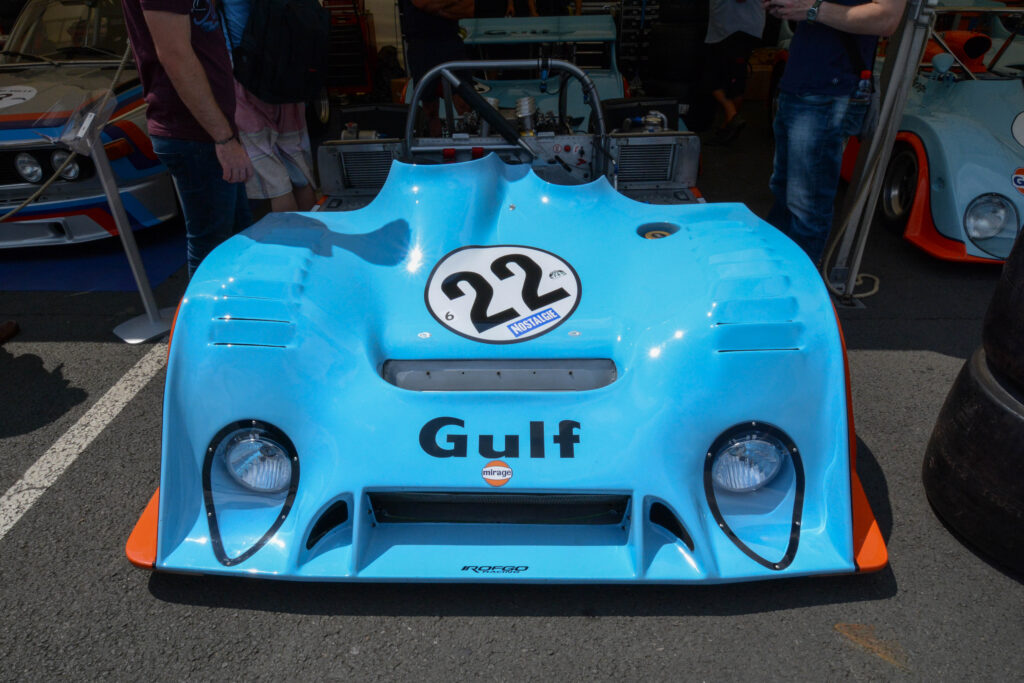
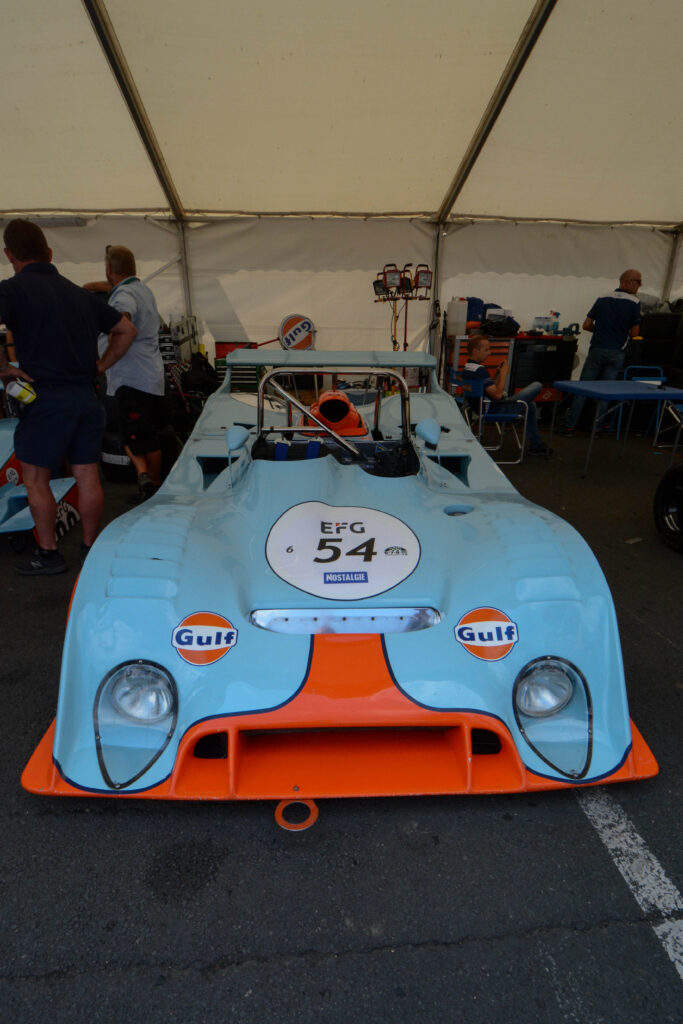
Lombard
I’d never heard of Lombard before so here’s the story!
The Lombard automobile company was founded by Andre Lombard in 1927 following on from Andre’s previous experience with Salmson as Commercial Director followed by several years during which Lombard competed as a driver.
The Lombard AL1 and 2 were purely competition cars followed by the first production model – the AL3 which was powered by a 4-cylinde twin-overhead camshaft engine with a capacity of 1,083cc although power was sometimes boosted by the fitment of a supercharger.
Lombard produced a total of just 94 cars before the company folded in 1929.
The car pictured below is an AL3 model from 1928.
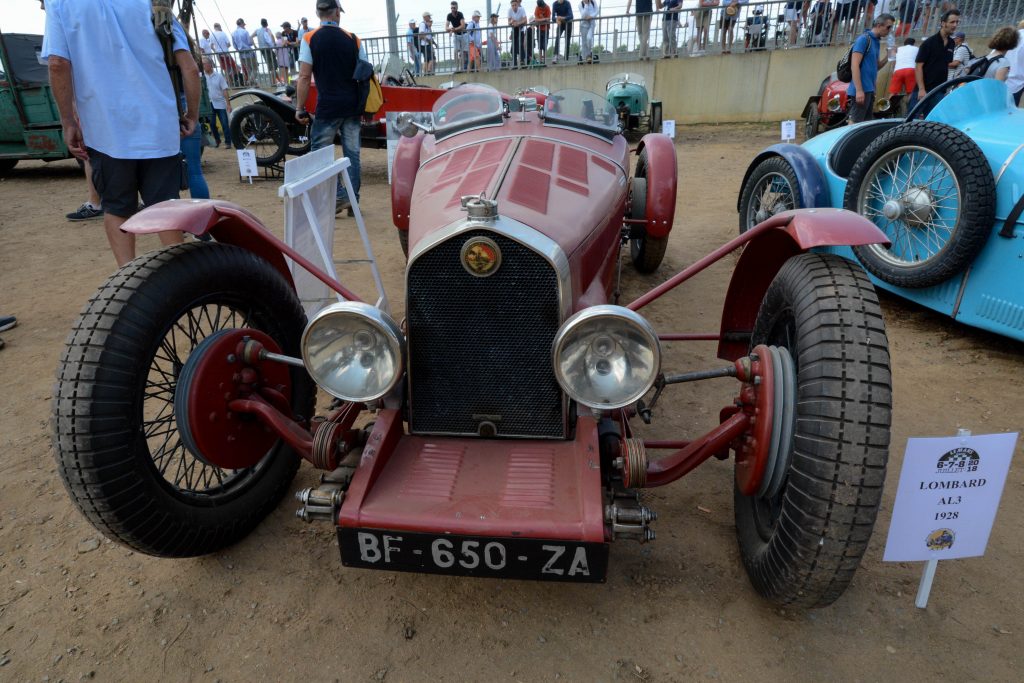
Majola
I’d never heard of this car before either!
Majola produced engines from 1908 and complete cars from 1911 before production ceased in 1928.
Founded in 1908 by Jean Majola in Saint Denis in northern Paris the company initially concentrated on manufacturing car engines. The business was taken over by Georges Irat in 1920 and this coincided with production moving from central Paris to Chatou.
The car pictured below is a Majola DT dating from 1921 which would have featured a 4-cylinder engine of either 1,390cc or 983cc.
A sports bodied 1,390cc Majola was raced by Jean Majola at the Le Mans in 1925 but it sadly retired after just 14 laps!
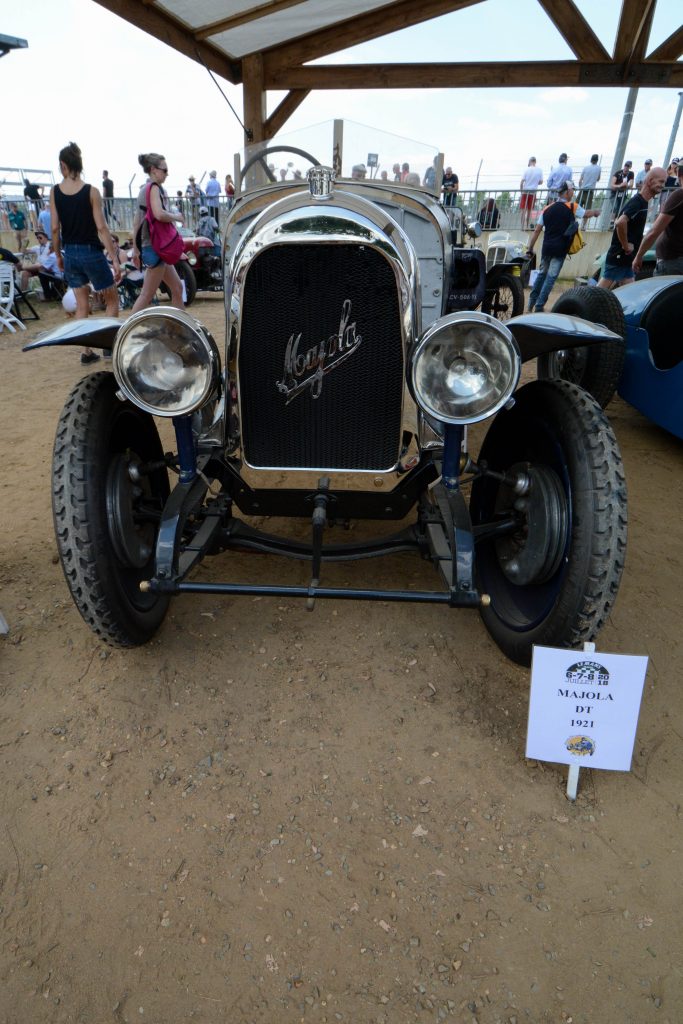
Maserati
I’ve always like early Maserati’s although I have to admit to the modern ones leave me a bit cold. For purists – only those cars produced by the Maserati brothers will do but I’m happy with models up to and including the Merak, Bora and Khamsin.
In the car park there was a beautiful Mistral with its Carrozeria Frua styling which re-appeared in a very similar but slightly elongated way in the AC 428! Why waste a good design?
The ’50’s and ’60’s racers also looked great.
Mathis
Founded by Emile Mathis in 1910 – Mathis manufactured cars in Alsace between 1910 and 1950.
Mathis originally established a car dealership in Strasbourg from which he represented Fiat, De Dietrich and Panhard-Levassor but he eventually commissioned his own cars under the Hermes name from no less a designer than Ettore Bugatti based in nearby Molsheim.
This led to Mathis establishing his own marque in 1910 with models such as the 8/20 PS, Babylette, Baby and Knight.
The fluctuating French/German border during the 1st ad 2nd World War’s caused the company and Emile Mathis personally some problems, During WW1 – Mathis was conscripted into the German army but he happened to abscond with a large amount of German cash (which he was meant to use to buy trucks in Switzerland) only to join the French army. The Germans were not very impressed with this so Mathis ended-up on their radar in the lead-up to WWII.
To avoid arrest and worse – Mathis escaped to the USA but he never managed to fully re-establish his company after his return to France following the cessation of hostilities and and the company closed in 1950.
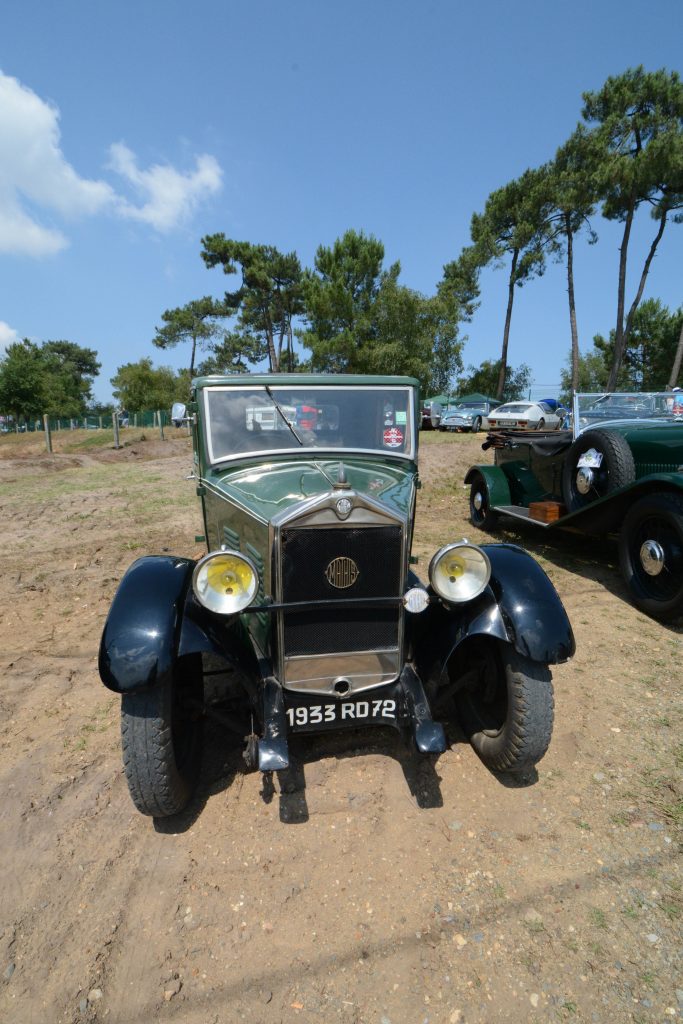
Panhard
Panhard was an evolution of the venerable car manufacturer Panhard et Levassor which was originally established in 1891 by Rene Panhard and Emile Levassor.
The Levassor name was dropped at the end of WWII and what followed was a very interesting and innovative period during which models such as the Panhard Dyna X, Dyna Z, PL 17, 24 CT and 24 BT were produced but the last car was manufactured in 1967 as the company then concentrated on the manufacture of military vehicles. Having gone through periods of Citroen and Peugot ownership – Panhard was eventually subsumed by Renault Trucks Defense ( a subsidiary of Volvo) in 2012.
Early cars had aerodynamic and lightweight aluminium bodywork but this proved to be far too expensive and heavier steel bodywork had to be employed. Power was from a two cylinder air-cooled engine.
Panhard worked closely with other companies such as Deutsch et Bonnet (DB) and Robert Chancel to develop successful racing cars which won the Index of Performance at Le Mans several years running during the ’50s.
The Panhard and closely related DB and Rene Bonnet cars on display were really interesting and these were complemented by a number of race cars on-track. There is quite obviously an enthusiastic following for the marque on home soil.
Porsche – Spectators Cars
The 70th anniversary of Porsche was obviously a great catalyst for Porsche owners to attend Le Mans Classic 2018 most especially because of fantastic field of Porsches being raced across various categories and in demonstration runs.
It was really nice to part of temporary Porsche convoys on the way to and from Le Mans and it was lovely to see such a wide range of models parked up around the outer part of the circuit with everything from the earliest 356’s to the most up to date 918 Spyder.
Porsche – Race Cars
When one considers that in just one race there were over 70 Porsche’s on track at the same time – the pictures below fail to do the marque justice.
For whatever reason – the timing of my visits to the paddock seemed to miss some of the Porsche treasures on display. I’ll have to try harder in two years time at Classic Le Mans 2020!
Rolland-Pilain
It was lovely to see examples of a relatively local French car manufacturer that was active in nearby Tours between 1905 and 1932.
Rolland provided finances from his successful wine business to found he company in 1905 and Emile Pilain provided the technical input to the company which initially repaired and sold cars and then eventually moved on to manufacturing their own vehicles.
Along with many other car manufacturers – Rolland-Pillain contributed to the war effort by building aircraft engines during WW1 before focus returned to building a range of family saloon, luxury and sports cars after the cessation of hostilities.
From 1926 – the company was beset by a series of financial problems which resulted in closure of the factory in 1932 after around 5,000 cars had been built.
Rosengart
In 1923 Lucien Rosengart bought a license to to build Austin 7 cars under the Rosengart name in his Parisian factory.
The Rosengart LR2 went on sale to the public in 1928 which was around the same time that the Dixi (another licensed build of the Austin 7) went on sale in Germany.
The Dixi was built by Fahrzeufabrik Eisenach from 1927 but the company was taken over by BMW in 1928 and the car was renamed the BMW Dixi. This and later models helped transform BMW form being an aero engine manufacturer to becoming a leading car manufacturer (ok they made some motorcycles too).
After WWII – the Eisenach factory ended-up in the Soviet sector and continued making BMW based cars and motorcycles under the name EMW but later they revived the Wartburg model name. The Wartburg name goes back to 1896 when Eisenach built Decauville cars under license which they called Wartburg.
It’s worth pointing out that Austin 7’s were also made under license in America (American Austin) and Japan (Nissan). It’s amazing how influential the little Austin 7 proved to be on the world car manufacturing stage.
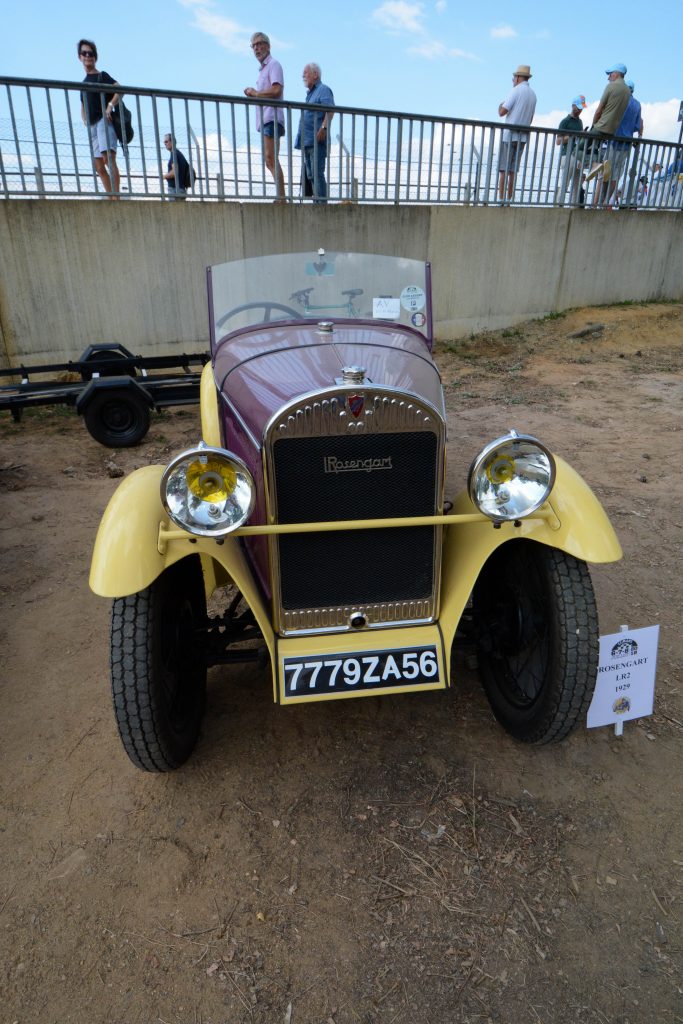
Schneider
In this instance – this was a car I had heard of before but had never seen in the flesh.
Schneider was founded in 1910 by Edouard Rocher Schneider who had previously been involved with the Rochet-Schneider company based in Lyon since the late 1800’s.
Schneider cars were based in Besancon where they produced a range fo 4 and 6-cylinder cars of various capacities from 1.8 to 6.1 Litres . Schneider even ventured into GP racing in the pre WWI period.
Manufacturing continued after WWI with the cars generally sporting larger capacity engines ranging from 2.3 to 5.5 Litres.
Sadly – financial troubles mounted an the company folded in 1930.
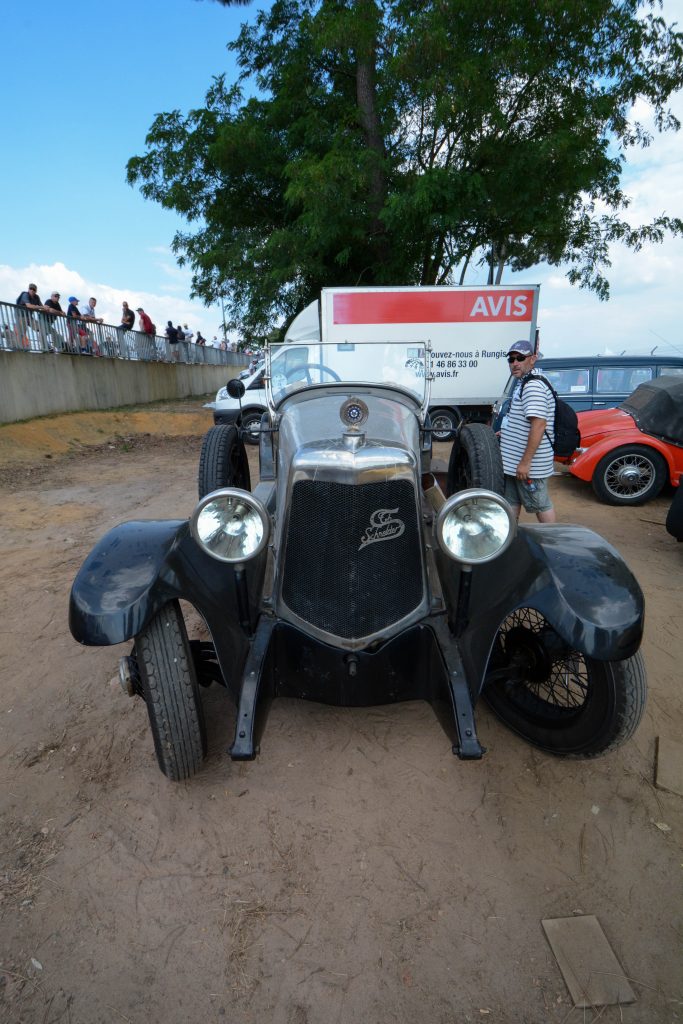
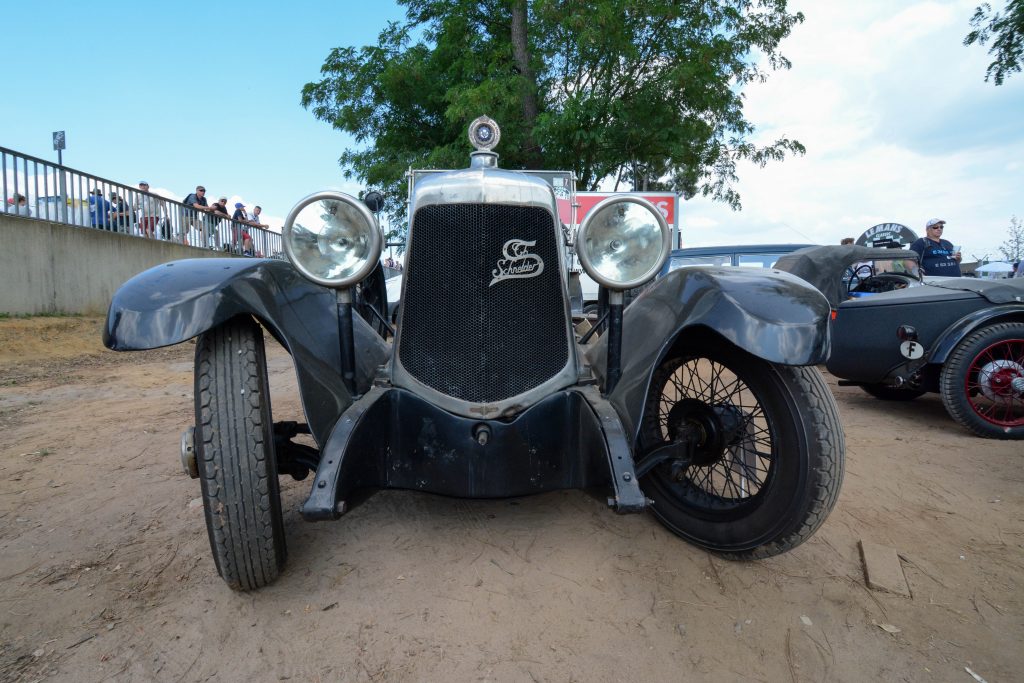
Tatra
Tatra is one of the oldest car manufacturers with a continuous history going all the way back to 1850 at which time it was building carriages and coaches. It produced the first car in Central Europe in 1897 with the Prasident model and the Tatra marque (named after the Tatra Mountains) was finally established in 1919.
Tatra employed some renowned engineers starting with Hans Ledwinka and Edmund Rumpler – both of whom worked with or who had a degree of influencial sway over Ferdinand Porsche. After creating the company’s first car Ledwinka and Rumpler went on to design and build a number of other models culminating in the highly revolutionary streamliner cars which adopted aerodynamic principles established by Paul Jaray.
Jaray initially worked on aerodynamic improvements for aircraft and airships in Friedrichshafen (the home of Luftschiffbau Zeppelin). He then moved to Switzerland to establish his own company (Stromlinien Karosserie Gesellschaft) in which his attention was focussed on streamlining car bodywork. It was at this point that Tatra fully bought into his streamliner principles starting in 1934 with the Tatra 77.
The Tatra 77 was the worlds first aerodynamically designed car featuring a platform chassis with box section steel backbone and a rear mounted air-cooled V8 engine. The 77 was superseded by the 87, 97, 600 Tatraplan and finally the 603 models.
The cars featured below are Tatra 603 models which were manufactured between 1956 and 1975. The 603 was powered by an extremely lightweight rear mounted air-cooled hemi V8 engine and was normally only available for purchase by high ranking politicians and leaders of industry.
Velorex
This curious leather cloth bodied 3-wheeler was parked next to a Tatra 603 which hinted at a common origin – Czechoslovakia!
Velorex came into being in the mid-’50s but it was based upon earlier designs dating back to 1936 by the brothers Frantisek and Mojmir Stransky.
Their early cars could quite definitely be called Cycle Cars as they utilised manufacturing techniques based upon their bicycle repair shop experience. Inspired by Morgan 3-wheelers – their Oskar 3-wheeler had a tubular steel chassis (probably the same tubular steel used to build bicycle frames) wrapped in thin sheets of dural metal.
The Oskar initially incorporated some bicycle components but these were eventually replaced with more sturdy motorcycle parts. For power – the Oskars relied upon CZ, PAL and Jawa motorcycle engines of various capacities.
In 1956 the name of the vehicle was changed to Velorex Oskar and then just Velorex.
Like Morgan – Velorex eventually developed a 4-wheeler car but it was a commercial failure and car production ceased in 1973.
I wonder how far this little leather-clad beaty was driven to get to Le Mans Classic?
Others Too Numerous To Mention
If I did a section on each and every car I saw at Le Mans Classic – I’d bore you to death but here are a few more photos of the “special ones”:-
Conclusion
Will I go to Classic Le Mans again? Yes – definitely but I’ll probably extend the trip to allow for a bit of touring before or after the event to make it more relaxing. It’s a long way to drive – especially in a noisy old 911 with no air-con (other than opening windows, sun roof and rear quarter windows) and it’s a shame not to take-in more of the glorious French countryside.
Thanks to Simon, Ruth, Gordon, Fiona, Mark and Sian for organising everything and for their good company on this trip.


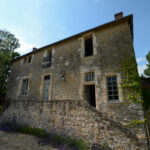

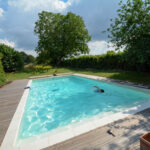






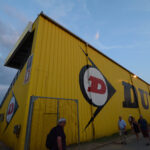




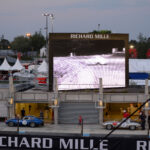







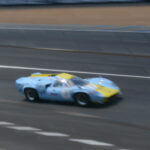




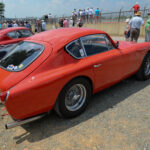
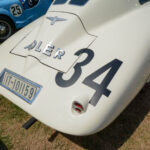
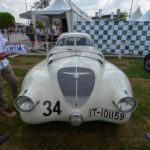
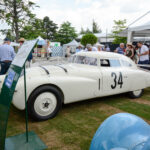

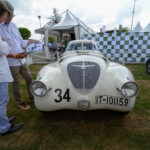
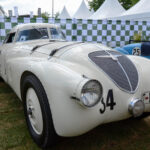
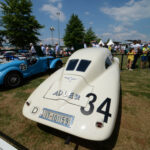
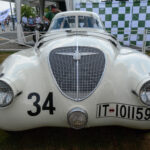
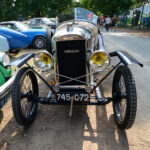
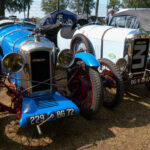


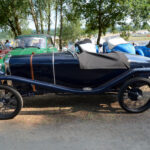

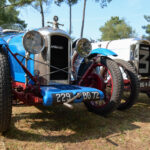

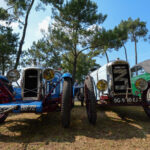

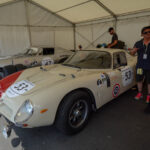
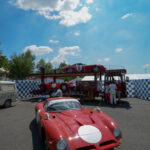

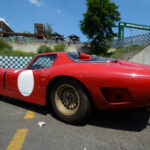
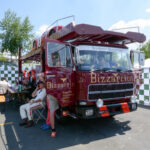

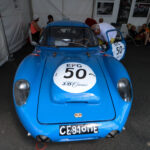
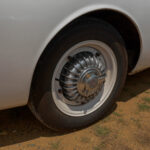
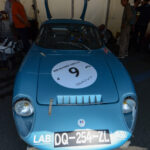
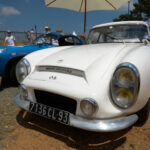
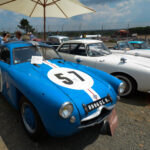




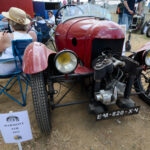


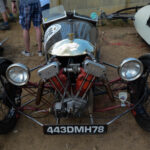
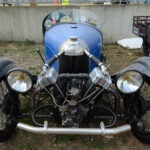
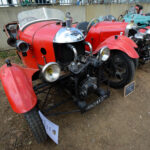
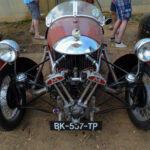
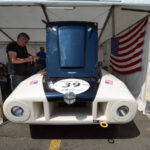

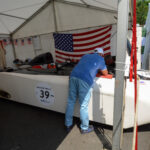



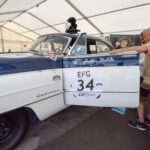
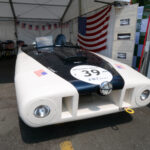
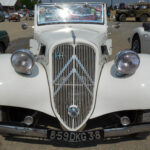

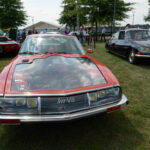

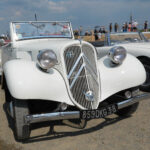
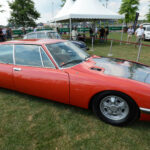

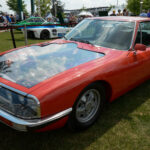



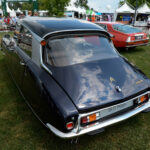



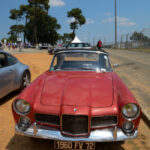
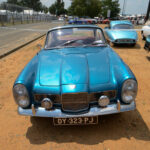
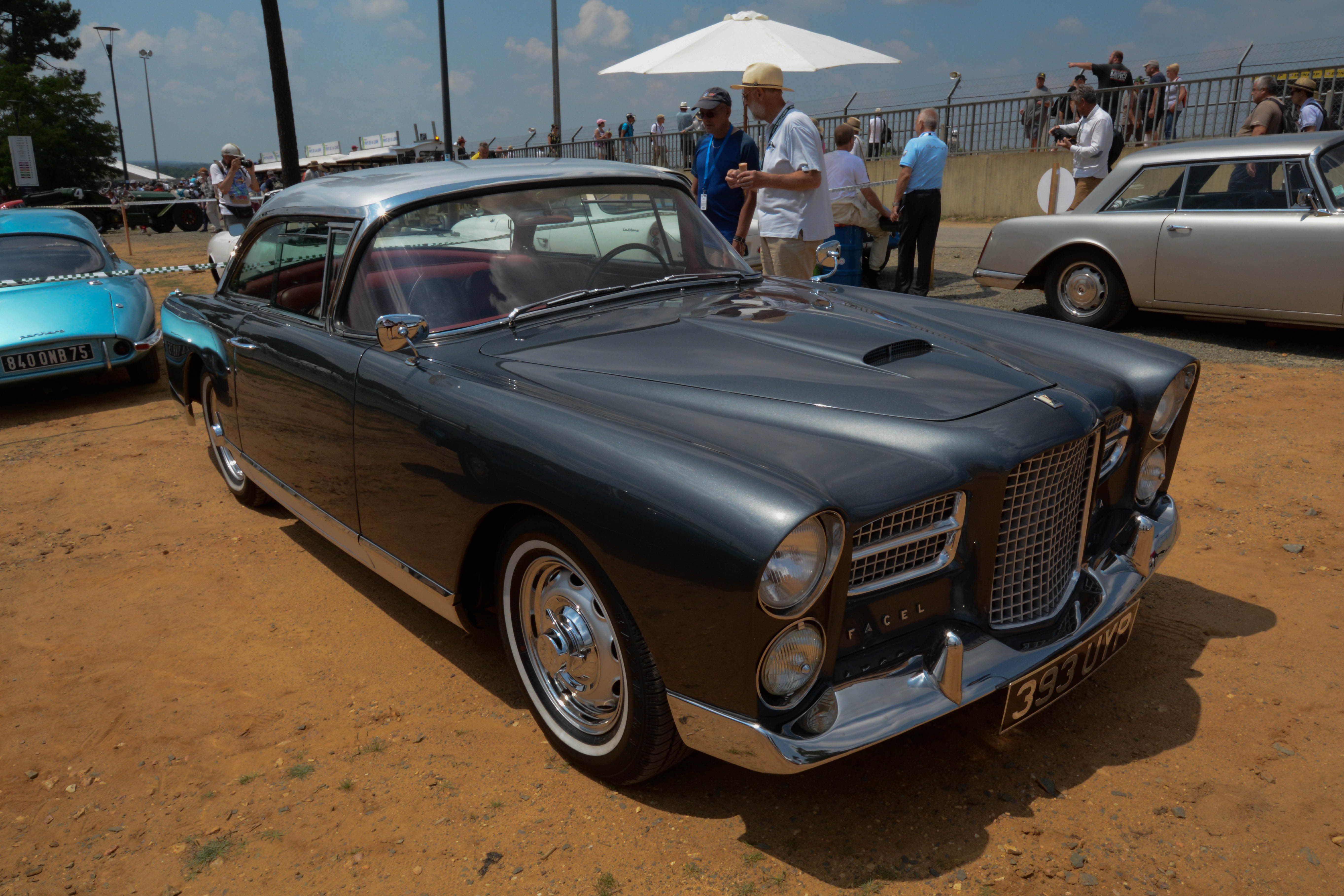

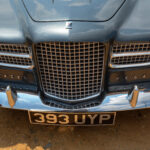
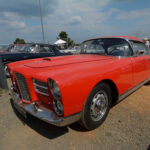
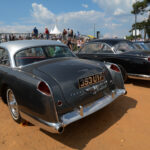


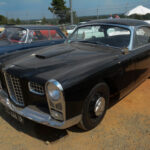


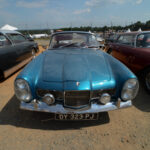
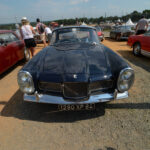
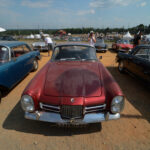
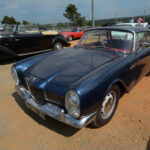
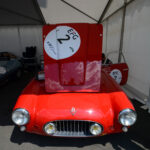
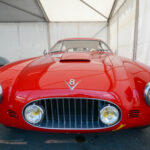
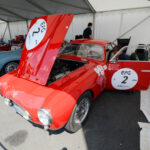


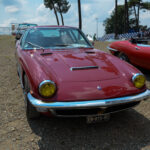
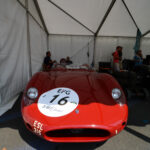
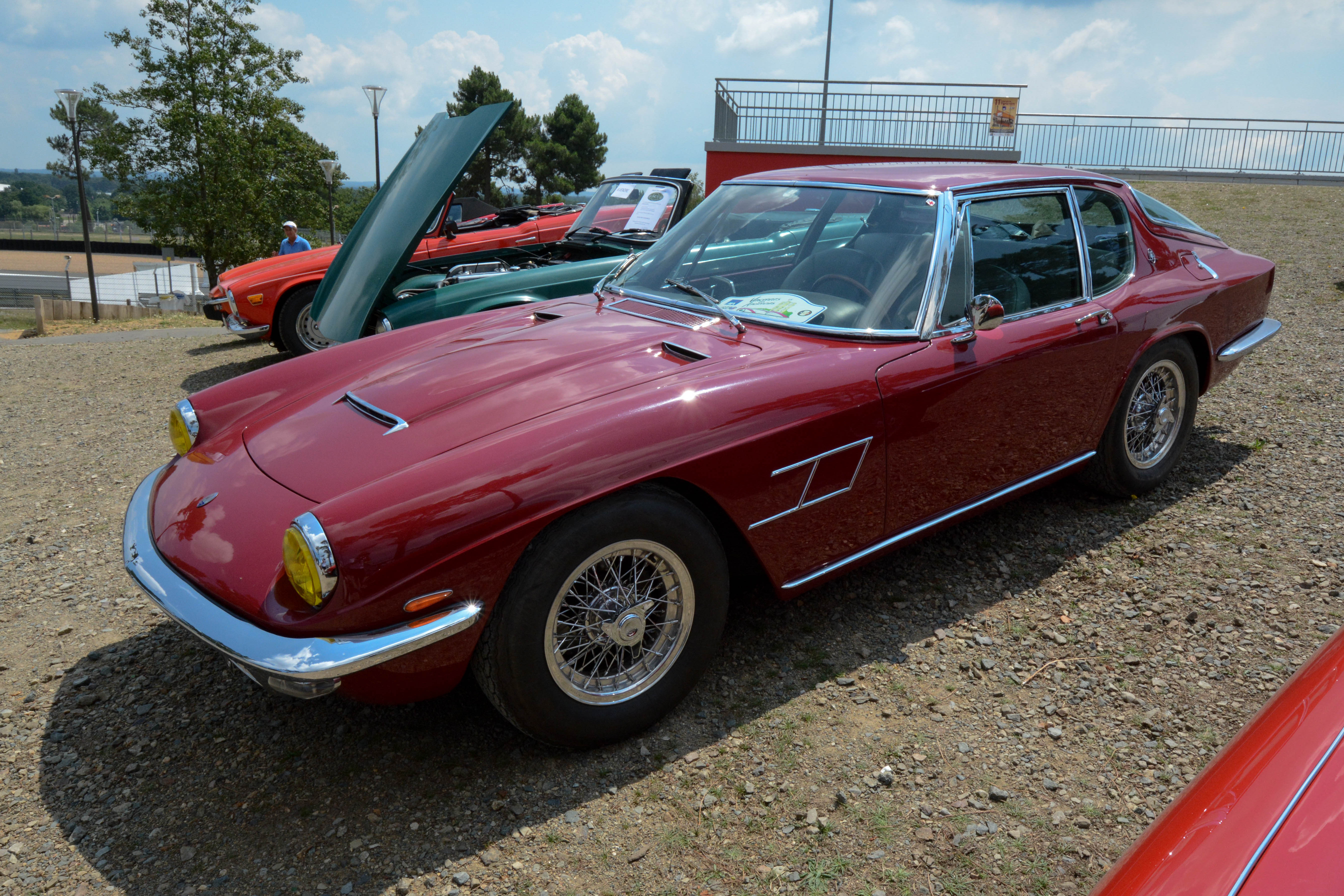
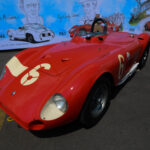
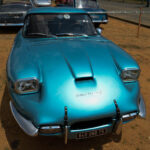




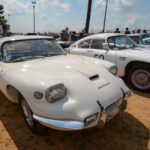


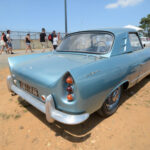


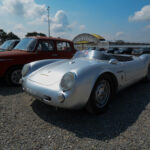


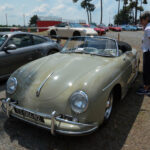

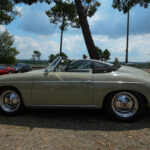



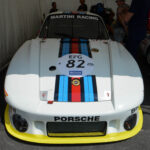

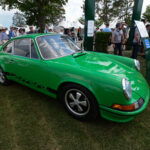

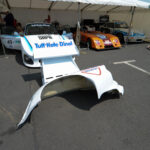



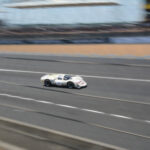
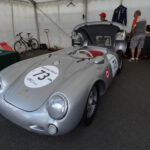
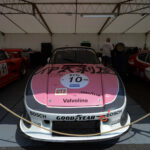
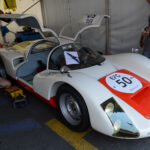
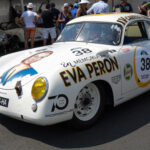

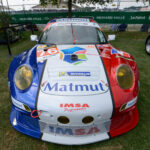



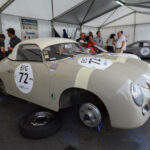
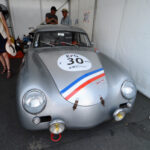



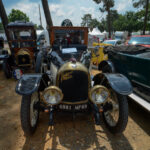

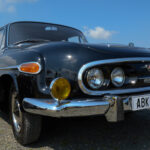
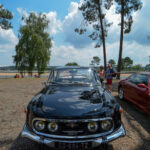
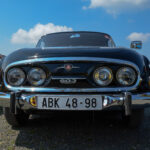
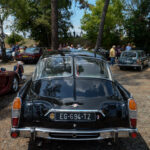

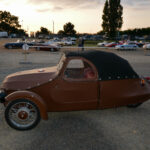

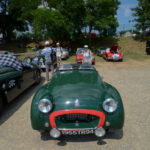
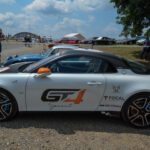
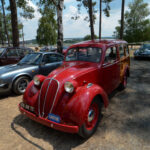

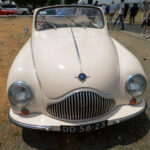
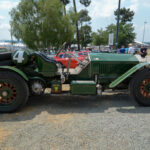

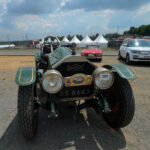


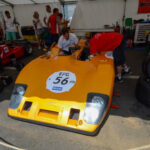
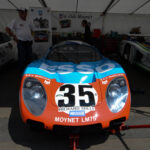

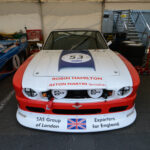

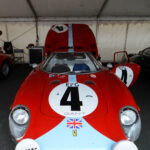



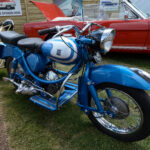

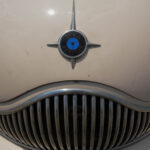

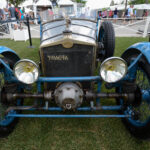
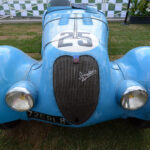

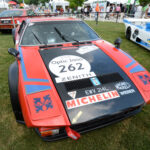
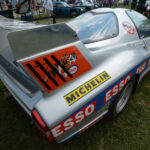
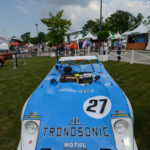
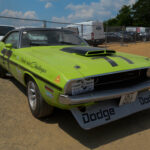

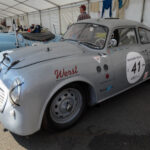
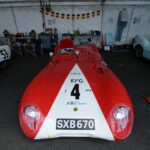
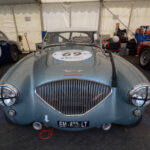
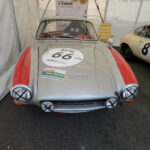
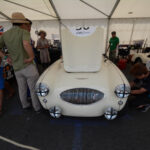
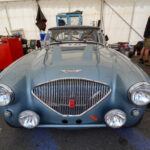
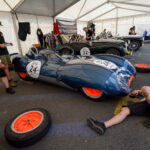


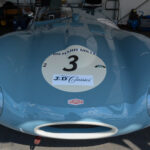
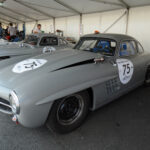

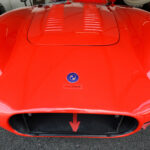

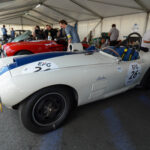
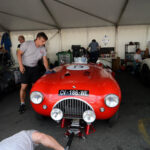
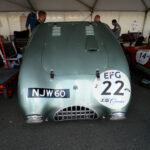

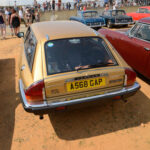
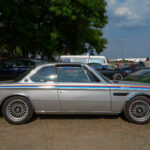
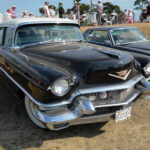
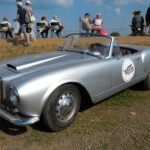

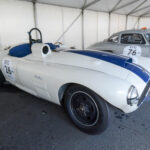
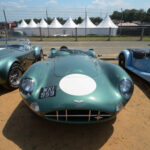
Fabulous Phil… put me down for next time!